GOLDEN STATE WATER: A BRIEF PRIMER
California’s latest rainy season has been a lot to absorb. While the torrent of precipitation has eased drought conditions across the state, too much of a good thing has also damaged local communities. From our new governor’s water agenda, to snowpack, subterranean storage, and super blooms, our Golden State news cycle has been a deluge of H20-focused items.
So, what does it all mean? And, what can we do about it?
California’s water landscape is incredibly complex. Studying up on the details can be overwhelming – especially during such a waterlogged year as 2019. Sustainable Conservation is here to help. We’ve put together a brief primer for you on how our Golden State plumbing works, how climate change is impacting our water reliability, and how powerful environmental solutions are close at hand.
ORIGIN AND STORAGE
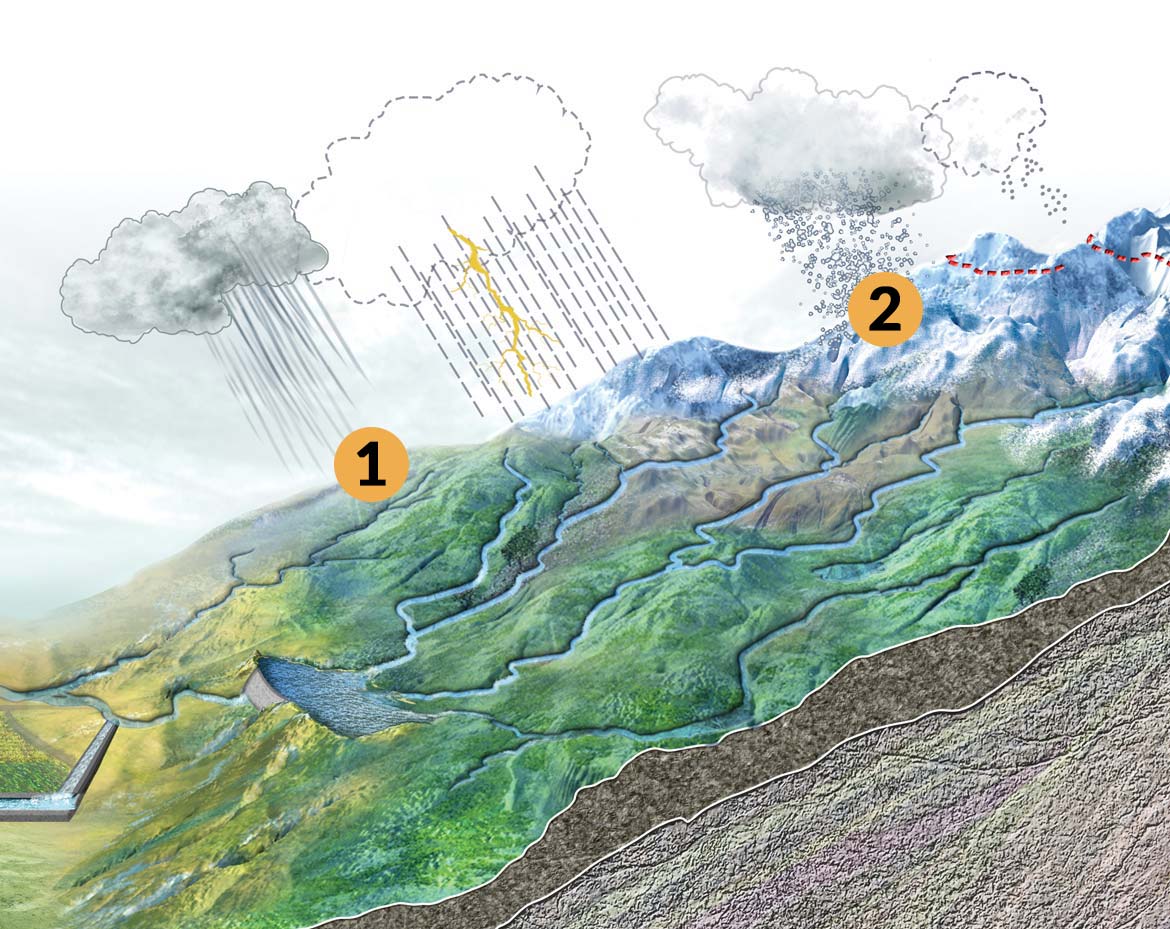
Most of California’s water comes in the form of rain 1 or melting snowpack 2. After the incredibly rainy winter we just experienced, you have probably heard a lot about “atmospheric rivers” – concentrated jets of air that transport huge amounts of water vapor from the tropics to Earth’s surface. NASA estimates that each of these rivers, like the one traveling from Hawai’i to California in April 2018 3, carries a water load equivalent to up to 25 Mississippi Rivers.
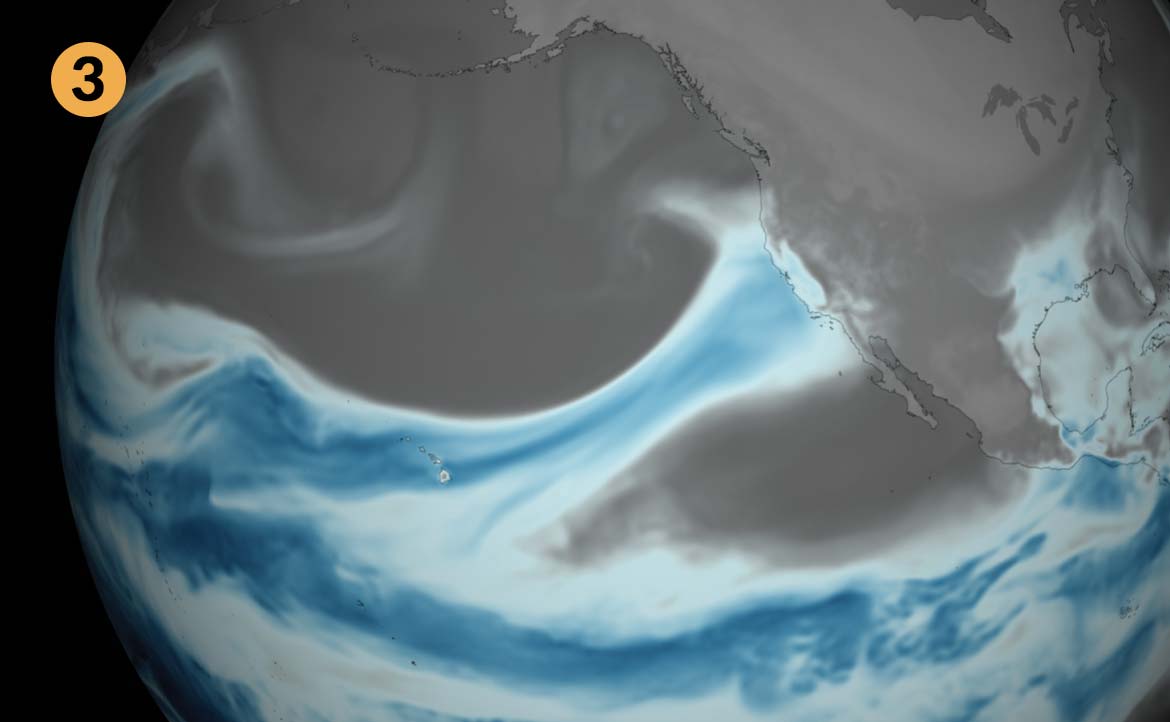
With climate change, these airborne rivers will strike more frequently and more intensely from now on – AND be followed by inevitable drought.
Rainwater in California often becomes runoff water: most of it rushes across concrete streets, canals, paved-over river banks, and, literally, down the drain. The rainwater that doesn’t rush out to sea gets stored either in surface reservoirs, like Shasta Lake or San Luis Reservoir, or in the snowpack of the Sierra Nevada. We also get water from the Colorado River, a major source for Southern California’s cities and farms.
These above-ground sources – rain, rivers, snowpack – are collectively known as surface water. We also have tremendous reserves of groundwater 4, which are found in spaces under the earth, in geologic formations of soil, sand, and rocks called aquifers.
Think of groundwater as our savings account for the years it doesn’t rain as much. We draw it down for drinking and growing our food, and, like any savings account, we have to replenish it.

Imagine many, many soda straws sucking out of the same aquifers. You have likely heard about wells 5 and home taps running dry. Drawing too much water out of our aquifers can also damage roads, bridges, and aqueducts, which have cracked due to the land sinking.
It wasn’t until the alarmingly dry year of 2014, however, that California passed the Sustainable Groundwater Management Act (SGMA), our first major water law in a century.
No single straw is causing the problem, but people are still drilling more and deeper wells to access groundwater. This will change as the new legislation phases in over time. But it will take decades to repair the damage and recharge the aquifers.
If you imagine an aquifer as a sponge, recharging is the process of adding water to that dried-out sponge and making it moist again.
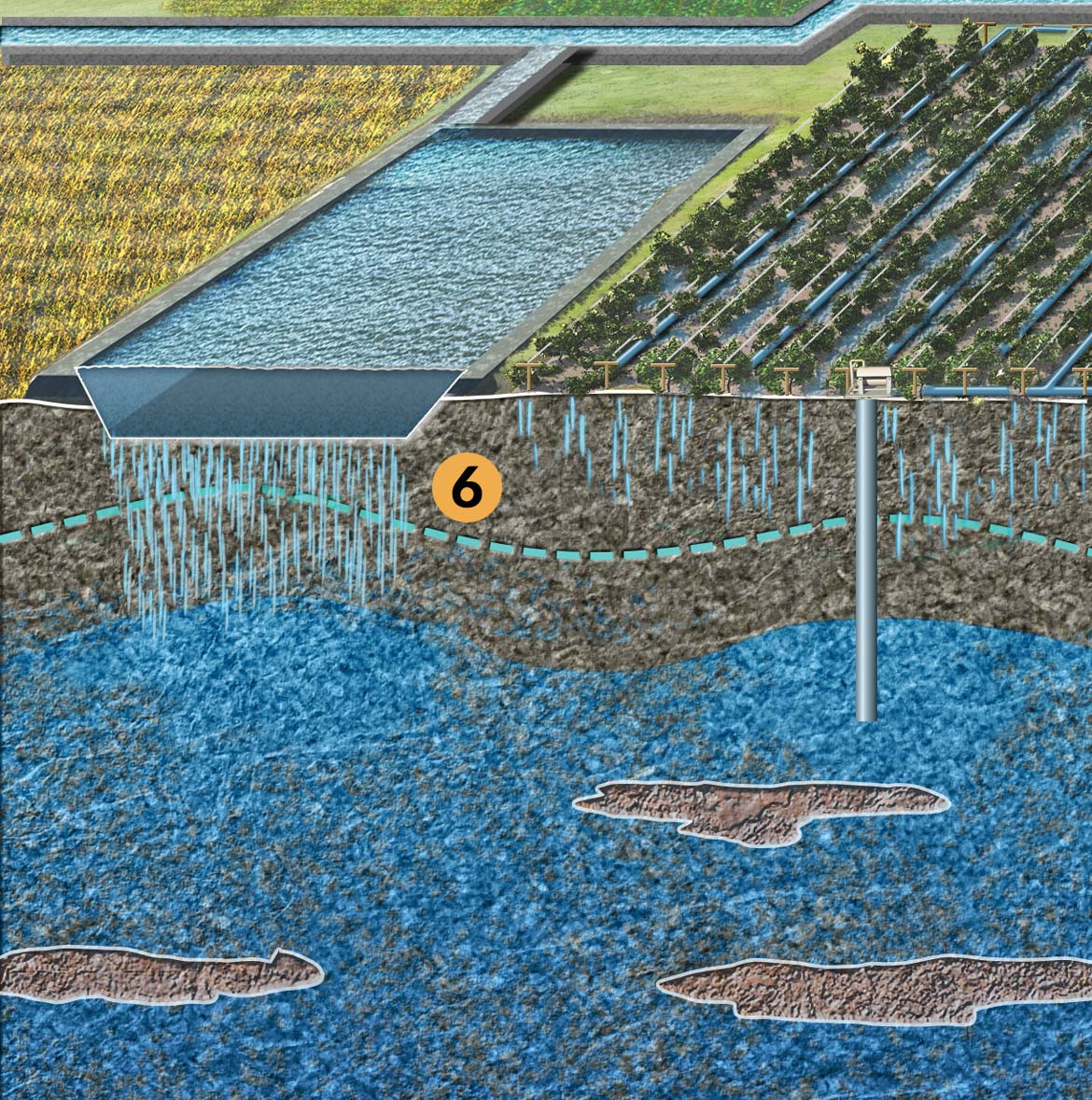
The challenge: redirect some of the surface water back into the aquifers. 6
Who gets water, and at what cost, has long been a subject of contention in California. It gets tougher when you consider that our Golden State has grown a lot since the water wars of the last century.
California is now home to 40 million people. We’re the world’s fifth largest economy, and the country’s largest agricultural state – producing 2/3 of the nation’s fruits and nuts, 1/3 of its vegetables, and nearly 1/5 of its dairy products.
Although the majority of Californians live in urban areas 7, they use only around 1/4 of what Golden State agriculture uses. This is the source of many controversies and misunderstandings.

Here’s the thing: It takes water to grow food. And food is made up mostly of water. AND we all need that food to survive.
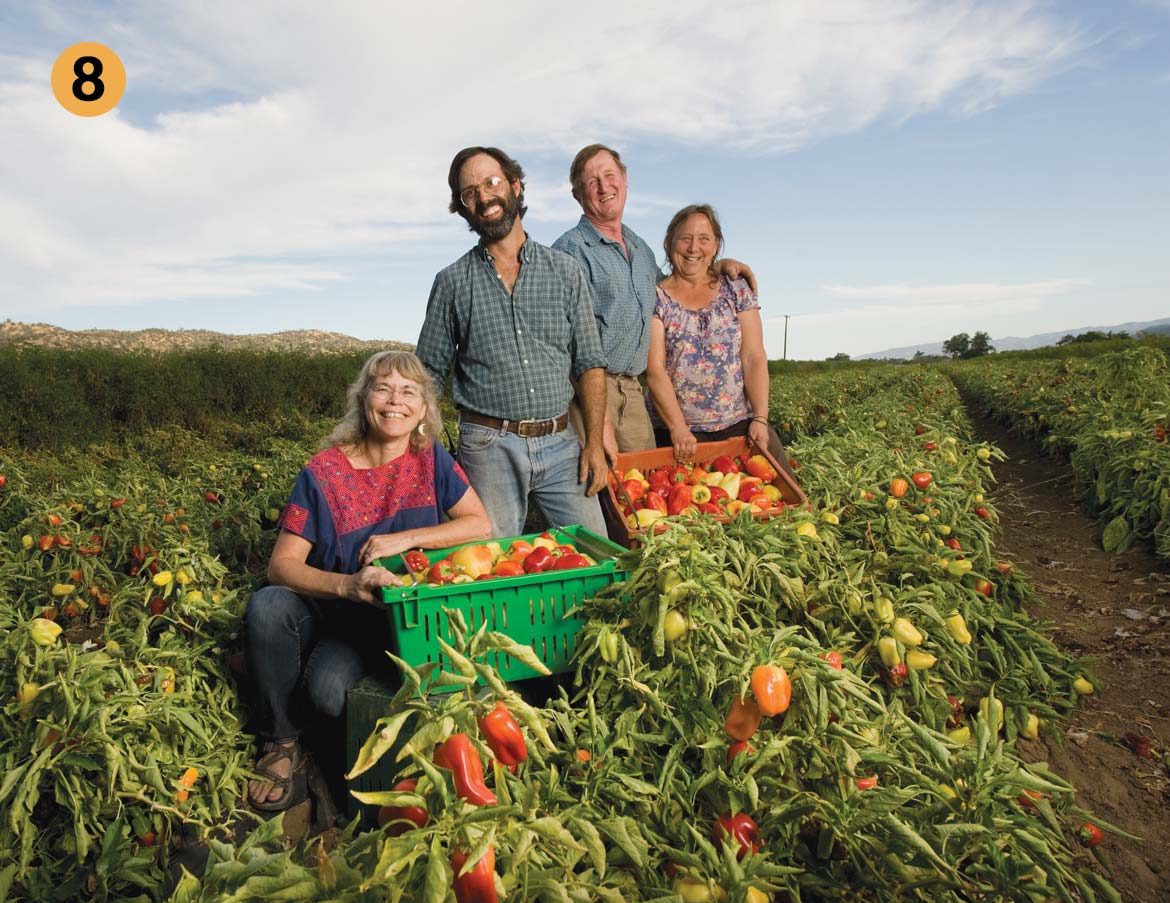
As one of only five Mediterranean climates in the world, California is able to produce abundant amounts of healthy, nutrient-rich crops. That’s something to celebrate, not to feel guilty about! We are very fortunate to be able to source our foodie habits locally, from farmers including the folks at Full Belly Farm in the Capay Valley 8, and to export the bounty to the rest of the world.
Rain in California typically falls more heavily in the northern part of the state and is redirected for use in the population centers of the Bay Area and Southern California, and in the expansive agricultural region of the San Joaquin Valley.
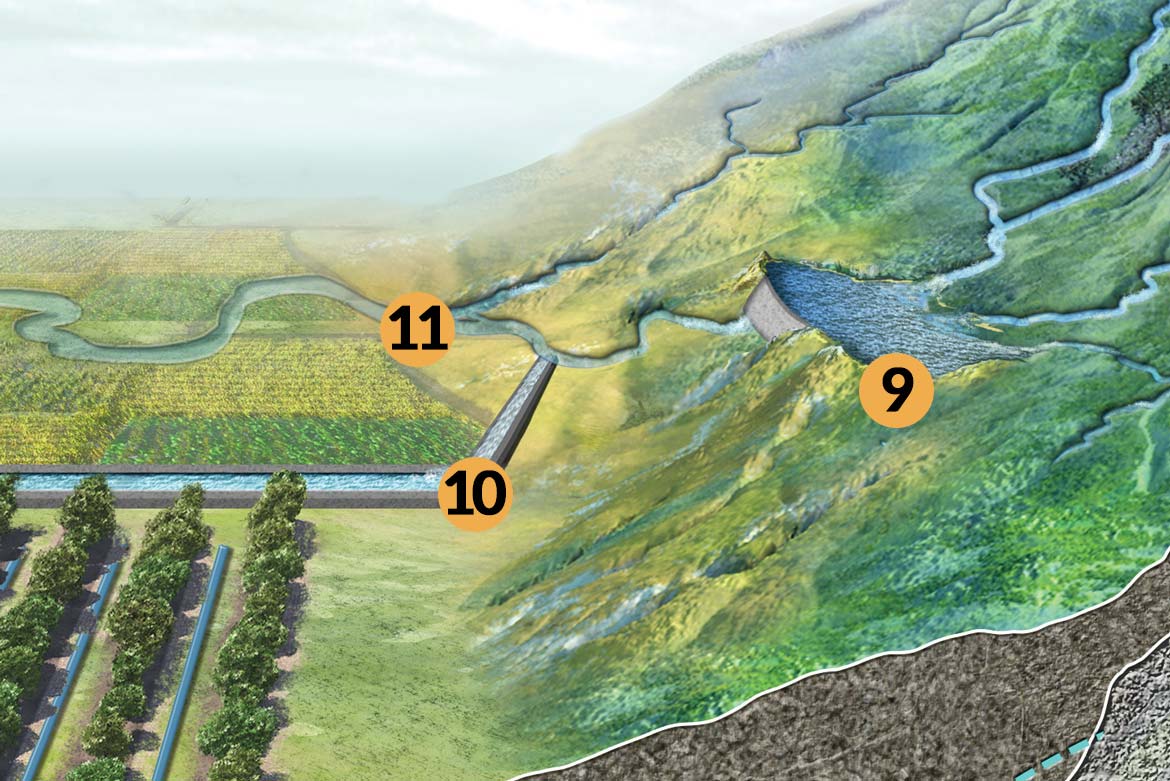
California’s plumbing systems are a complex network of reservoirs 9, canals 10, rivers 11, and groundwater storage sites, linking water supplies to major water demand centers. Water stored during wet winter and spring months is then available for use during dry summers and our increasingly frequent droughts.
The federally-funded Central Valley Project provides irrigation and municipal water from reservoirs in the northern half of the state to the Central Valley – supporting this semi-arid region as the world’s most productive farming area.
The California-funded State Water Project’s aquatic lifeline brings water from Northern California to Southern California through a series of reservoirs in the Central Valley, and then pumps it over the Tehachapi Mountains to Los Angeles – the biggest lift of water in the world.
A third critical element of our system is the Sacramento-San Joaquin Delta. Water from the Sacramento and San Joaquin rivers flows into the Delta and is then exported to more than 25 million people and three million acres of irrigated farmland in the Bay Area, San Joaquin Valley, and Southern California.

As you can see, California moves huge quantities of water over vast distances and challenging terrain at enormous costs. Over time, our infrastructure has weakened. The failed spillway at Oroville Dam 12 is one example that’s been in the headlines, but there are many fragile structures around the state.
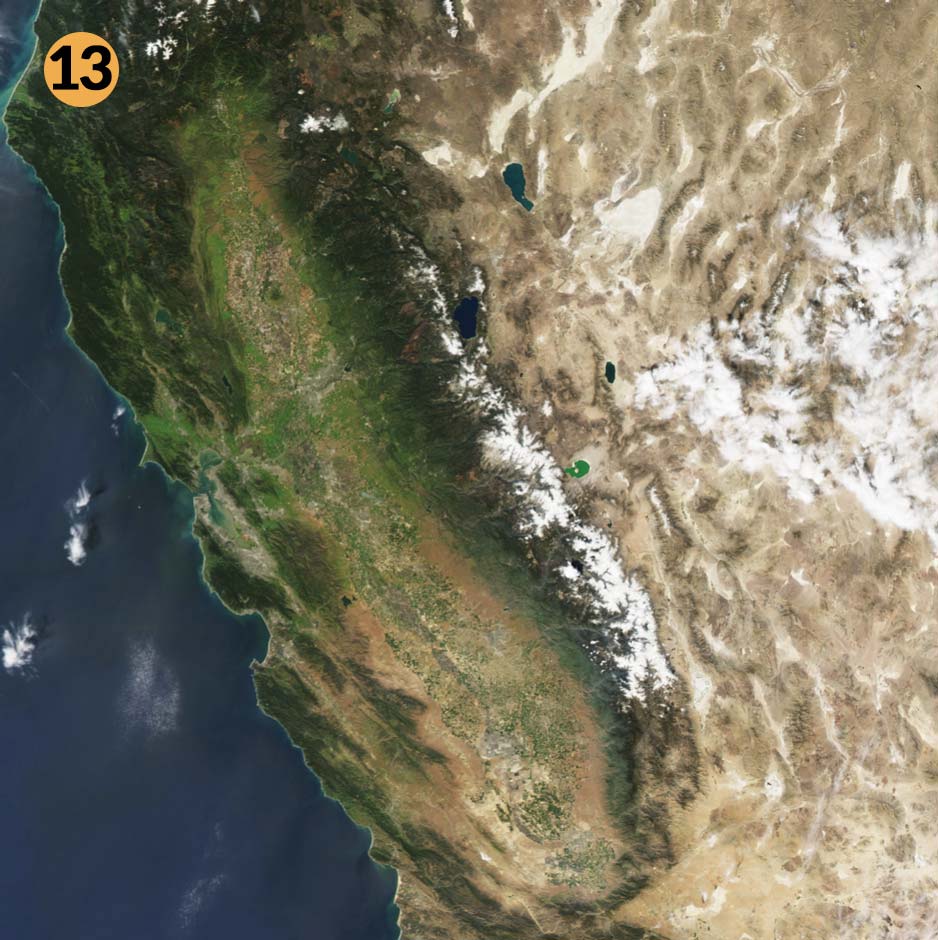
Climate change is making each of these factors even more challenging. Our water system was designed for the hydrology and weather patterns of the 20th century; it is inadequate for the climate realities we face.
By the end of this century, some models show the Sierra Nevada snowpack shrinking by 80%! It will look more like it did during the peak of our most recent drought, in March 2015 13, than how it does amid 2019’s onslaught of precipitation 14.
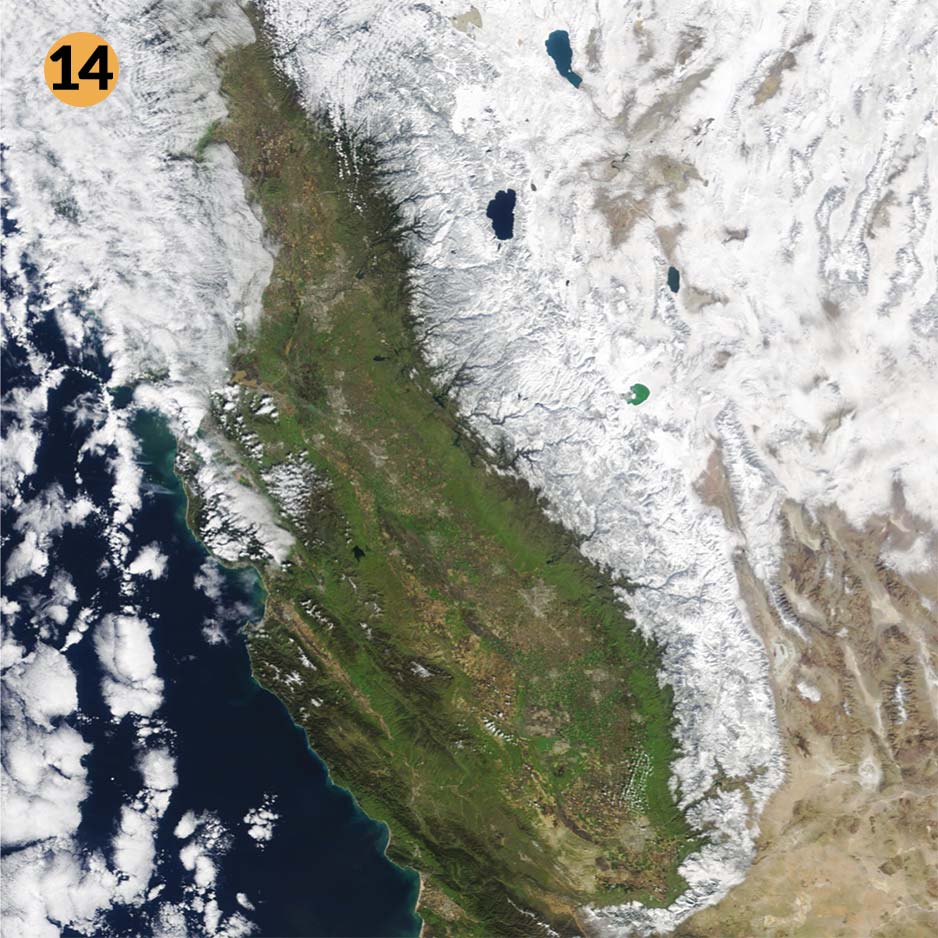
This means that California’s water will come in the form of rain in the future, not snow. If we don’t figure out how to capture it, it will go out to sea.
We cannot afford to lose this precious source at a time when more than one million Californians do not have access to clean drinking water.
We know this all sounds troubling, and it is. But we already have many of the answers to these problems, and we need to get to work. Fast. The changing climate and the increasingly rapid pace of the change means that we have to adapt how we manage water.
Fortunately, California has already taken one major step with the passage of the Sustainable Groundwater Management Act (SGMA). It is perhaps California’s most important climate adaptation strategy.
Next up: groundwater sustainability plans that water agencies in the most critically overdrafted regions must submit to the state by January 2020. Those plans must show how these agencies will bring their groundwater aquifers into balance so that, over time, farmers and cities are not taking out more than what gets put back in.
Ground zero is the San Joaquin Valley, where groundwater overdraft has been the most severe. Sustainable Conservation is helping implement the groundwater law by partnering with water agencies and farmers to capture water that has otherwise been flowing out to sea, and sometimes flooding communities in the process. (Here, we are talking about flows in excess of what rivers need to support fish and other aquatic life.)
We are advocating that we let nature do what it used to do, but in a more managed way.
Before we had agriculture and cities in the Central Valley, the snowmelt-laden rivers that came down from the Sierra Nevada would spread across the area. It was basically one gigantic wetland.
Sustainable Conservation advocates for practices that let those rivers flow out again, but in a controlled fashion. We can direct those high flows to farmland with sandy soils that percolate water quickly through the surface and into the aquifer (see video above). This spring, farmer Brian Davis flooded his vineyard to do just that. Crops such as grapes and alfalfa are especially good for this kind of flooding.
There is great potential for this low-cost method of groundwater recharge across the San Joaquin Valley, and Sustainable Conservation is actively conducting research and outreach, and developing the tools and policy, to make this standard practice.
This technique could address up to 1/3 of the San Joaquin Valley’s groundwater overdraft problem. Replenishing aquifers in our rainy years will not only increase our water supply, but also reduce flood risks for communities and increase habitat for fish and other wildlife.
The story of water in California has always been dramatic: a competition for scarce resources, often resulting in open conflict. But the story of water in California also shows ingenuity, determination, remarkable engineering achievements, and economic growth. Adapting to the extremes caused by climate change will demand an even greater effort. We Californians are up to the challenge. We always have been.
Here are some steps you can take to help California create a 21st century water system, and remain an environmental and economic leader on a world scale.
- Expand your education about water in California. It’s a fascinating and absolutely critical topic for all Californians to understand. Dive in at suscon.org.
- Support your fellow Californians – including the folks who grow our food and those who live in the southern part of the state, all of whom have largely increased their water efficiency.
- Consider drought-tolerant landscapes for your homes. Half of water use in urban areas goes to landscaping. By reducing this, we can help out the rest of the state.
- Make a gift to Sustainable Conservation. Your support is critical to our work to solve California’s water issues with collaborative strategies that make economic sense.
Let’s be different than Washington, D.C., and be one California with one water ecosystem. Working together, we can ensure our Golden State continues to supply the nation with healthy and nutritious food, that all Californians have clean drinking water, and that our fish and wildlife thrive.

